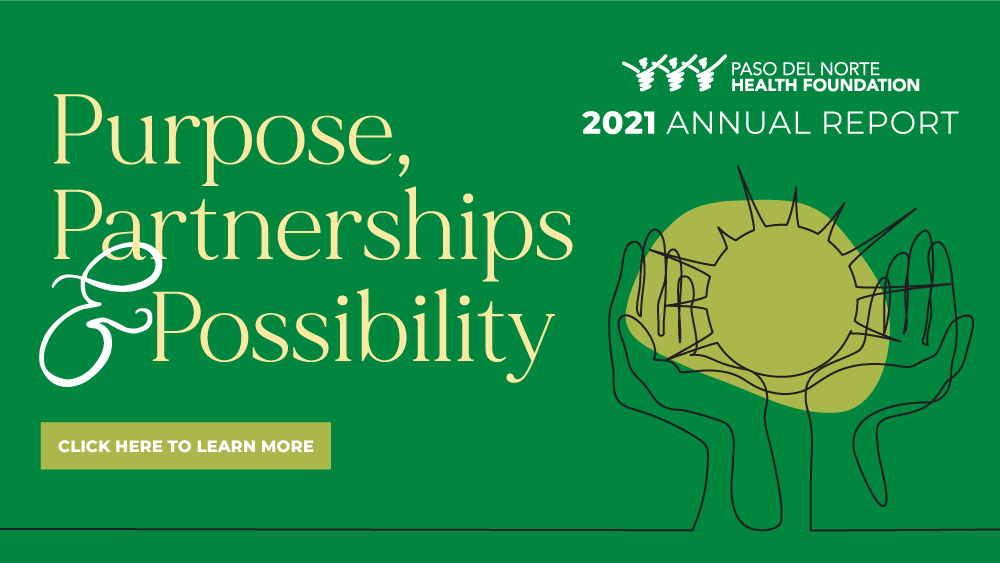News
Prevent Underage Drinking
June 5, 2014
Like most public health challenges, alcohol use and alcohol-related consequences affect everyone. But in a society where drinking is often associated with family gatherings, sports events, and celebrations, it’s easy to think “it’s not my problem” or “they’re not my kids” or “they’re just having fun.” Many of us have likely seen statistics about underage drinking and had exactly these thoughts. I’d like to reinforce the notion that underage drinking is our problem – and solutions are our responsibility.
According to the Centers for Disease Control and Prevention, excessive alcohol consumption is responsible for about 80,000 deaths yearly in the U.S. Excessive drinking is associated with a variety of health problems including chronic diseases and cancers, unintentional injuries, violence, child abuse and addiction. Many people may not be aware of the lifelong consequences of underage drinking to which youth are vulnerable. Alcohol use among youth is associated with increased risk of homicide and suicide, increased use of tobacco and other drugs, poor school attendance and academic performance, and having sex at an earlier age. Youth who drink are more likely to get sexually transmitted infections, more likely to experience an unplanned pregnancy, more likely to be a victim or perpetrator of sexual assault, and more likely to face legal problems.
We also know that youth who start drinking before age 15 are 5 times as likely to become alcohol dependent as are adults who start drinking at 21. One of the best ways to prevent alcoholism in our society is to prevent youth from drinking before age 21. In Texas, recent data show that 27% of 9th grade students drank alcohol for the first time before age 13, and 40% of high school students had at least one drink in the past 30 days. Among high school seniors, 32% said they binge drank (5 or more drinks in a couple of hours) at least once in the past month, while 17% drove after drinking and 35% rode with a driver who had been drinking.
Evidence shows that there are risk and protective factors for substance use at individual, peer, family, school, and community levels. Recent data from a neighboring New Mexico county show that among high school students who said it is “not true at all that a parent or other adult is interested in my school work” 52% binge drink, compared with 12% among students who said it is “very true that a parent or other adult is interested in my school work.” Protective factors that can reduce the risk of underage drinking include:
• having clear rules and standards at home and at school,
• having supportive relationships with parents and other adults,
• being involved in community service and faith-based organizations,
• being hopeful about the future and having college or career plans after high school, and
• living in a community where laws, policies, and social norms support alcohol-free lifestyles and events.
Ready to make a difference? Here are some things YOU can do to reduce underage drinking:
• Talk early and talk often with your children about alcohol. Find interactive, age-appropriate guidance
at [http://beta.samhsa.gov/underage-drinking](http://beta.samhsa.gov/underage-drinking)
• If you drink, think about your own drinking and the role alcohol plays in your life
• Know your child’s friends and know where your child is when they aren’t home
• Be involved – at school, with other parents, and in your community
• Make sure youth have plenty of alcohol-free events
• Be a mentor to youth in your community and make sure your kids have positive adult role models
Interested in joining a new, regional movement to reduce underage drinking? Contact Holly Mata at the YMCA of El Paso: 915-532-9622.
Back to News
